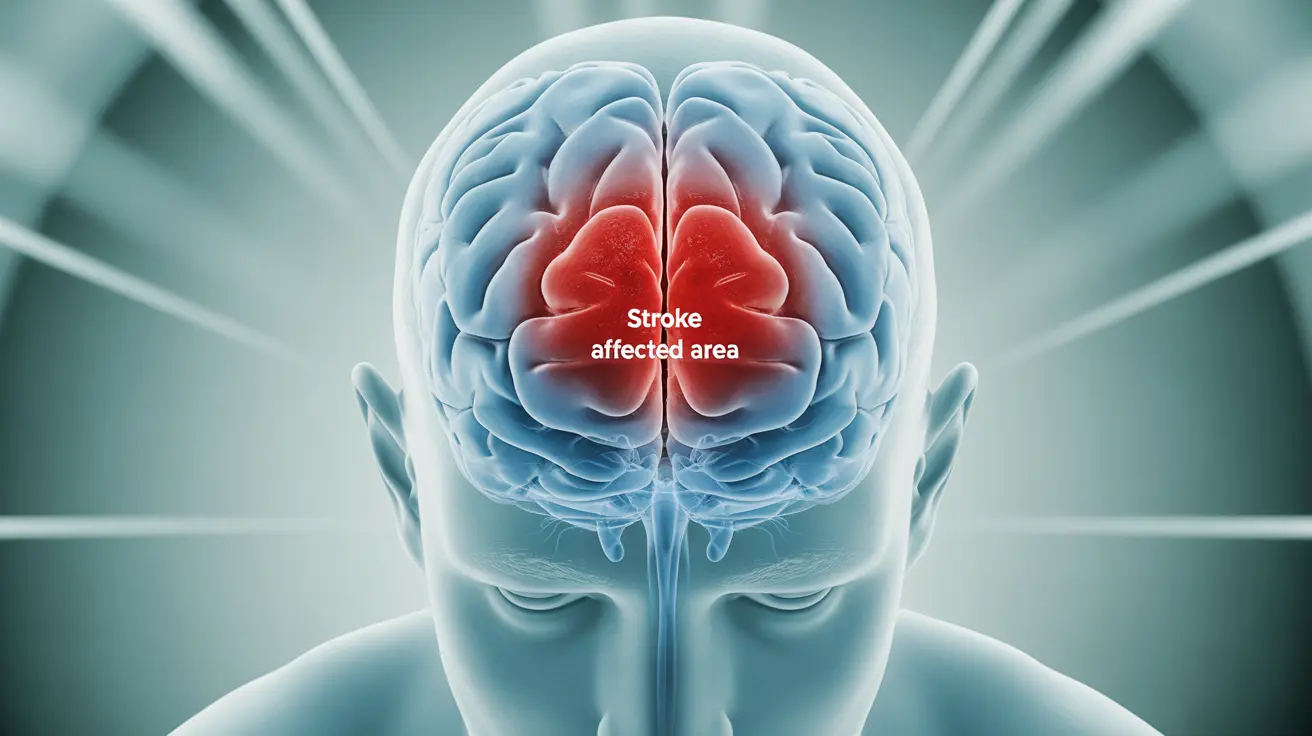A basal ganglia stroke occurs when blood flow is disrupted to a crucial area deep within the brain that helps control movement, emotions, and cognitive functions. This type of stroke can have significant impacts on a person's daily life and requires prompt medical attention for the best possible outcomes.
Understanding the nature of basal ganglia strokes, their symptoms, and treatment options is essential for both patients and caregivers. This comprehensive guide will explore the key aspects of this condition and provide valuable insights into recovery and long-term management.
What is a Basal Ganglia Stroke?
The basal ganglia are a group of structures located deep within the brain that play vital roles in movement control, emotional regulation, and various cognitive functions. When blood flow to this area is interrupted, either through a blockage (ischemic stroke) or bleeding (hemorrhagic stroke), it results in a basal ganglia stroke.
Key Symptoms and Warning Signs
Recognizing the symptoms of a basal ganglia stroke is crucial for seeking immediate medical attention. Common signs include:
- Sudden weakness or paralysis on one side of the body
- Difficulty with coordinated movements
- Changes in speech patterns or slurred speech
- Sudden confusion or memory problems
- Emotional changes or mood swings
- Balance and coordination issues
Diagnosis and Medical Assessment
Healthcare providers use various diagnostic tools to confirm a basal ganglia stroke and determine its severity. The primary imaging techniques include:
- CT (Computed Tomography) scans
- MRI (Magnetic Resonance Imaging)
- Angiograms
- Perfusion studies
These tests help doctors visualize the affected area and plan appropriate treatment strategies.
Risk Factors and Prevention
Several factors can increase the risk of experiencing a basal ganglia stroke:
- High blood pressure
- Diabetes
- Smoking
- High cholesterol
- Obesity
- Lack of physical activity
- Family history of stroke
Managing these risk factors through lifestyle modifications and medical treatment is essential for prevention.
Treatment Approaches
Treatment for basal ganglia stroke typically involves a multi-faceted approach:
Immediate Medical Intervention
Emergency treatments may include clot-busting medications for ischemic strokes or surgical procedures for hemorrhagic strokes.
Rehabilitation Programs
Recovery often requires comprehensive rehabilitation, including:
- Physical therapy
- Occupational therapy
- Speech therapy
- Cognitive rehabilitation
- Emotional support and counseling
Long-term Effects and Management
The impact of a basal ganglia stroke can vary significantly among individuals. Long-term effects may include:
- Movement difficulties
- Emotional regulation challenges
- Cognitive changes
- Memory issues
- Changes in behavior patterns
Ongoing management and support are crucial for maximizing recovery and quality of life.
Frequently Asked Questions
What are the common symptoms that indicate a basal ganglia stroke?
Common symptoms include sudden weakness on one side of the body, coordination problems, speech difficulties, confusion, and changes in emotional regulation. These symptoms typically appear suddenly and require immediate medical attention.
How is a basal ganglia stroke diagnosed and what types of imaging tests are used?
Diagnosis typically involves CT scans, MRI imaging, angiograms, and perfusion studies. These tests help doctors visualize the affected area of the brain and determine the type and extent of the stroke.
What are the main causes and risk factors for basal ganglia stroke?
The main risk factors include high blood pressure, diabetes, smoking, high cholesterol, obesity, and family history. The stroke itself can be caused by either a blood clot (ischemic) or bleeding (hemorrhagic) in the brain.
What treatment and rehabilitation options are available for recovery after a basal ganglia stroke?
Treatment options include immediate medical interventions like clot-busting medications or surgery, followed by comprehensive rehabilitation including physical, occupational, and speech therapy. Emotional support and cognitive rehabilitation are also important components of recovery.
How can basal ganglia stroke affect movement, emotions, and cognitive functions over the long term?
Long-term effects can include ongoing challenges with movement coordination, emotional regulation, memory, and cognitive processing. The severity and specific impacts vary among individuals, but many patients show improvement with dedicated rehabilitation and support.




